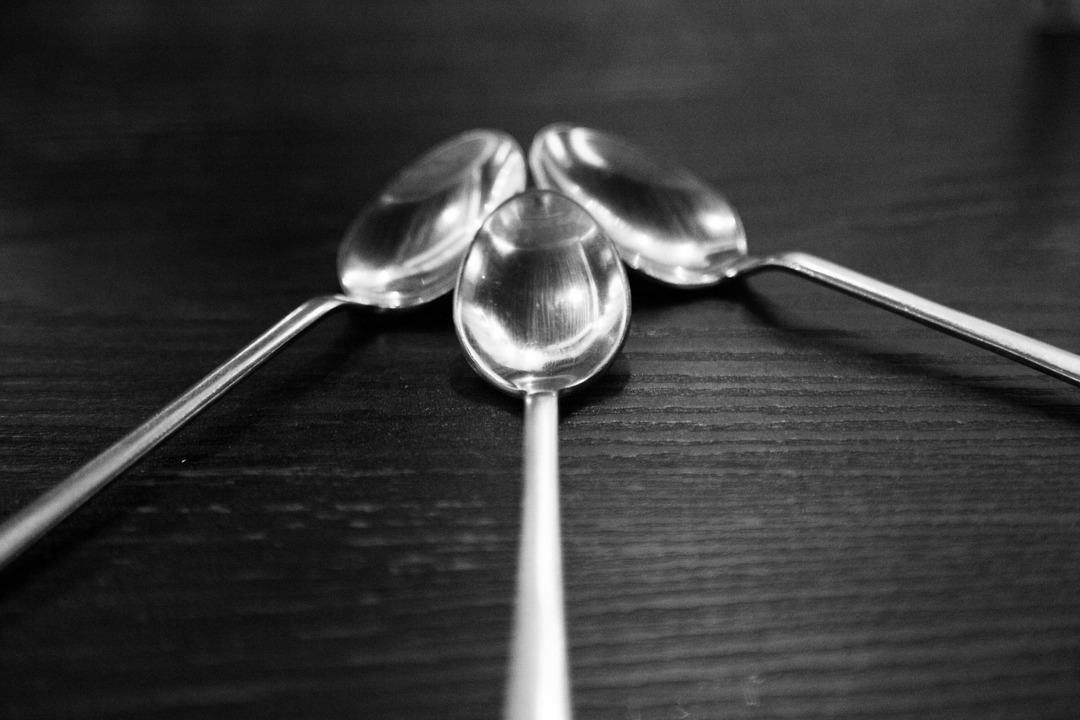A silicone baking dish is a convenient dish in which you can cook different goodies: muffins, muffins, pies, cookies, bread, cake layers, rolls, casseroles and other pastries. Its important advantages are perfect thermal conductivity and non-stick coating. Silicone, like other materials, has disadvantages, but they can be avoided if the container is used correctly. There are a couple of important points that worry many housewives: is it necessary to lubricate the silicone mold, and what is the best way to do it.
The content of the article
- To lubricate or not is the question.
- How to lubricate a silicone baking dish?
To lubricate or not is the question.
In general, any container intended for baking confectionery requires compliance with certain rules both before the first use and during operation. As for silicone molds, everything is a little simpler with them: they do not require such attention and care, as, for example, products made of metal or heat-resistant glass.
The advantage of silicone molds is that their inner surface is already covered with a layer that prevents food from burning. But this applies exclusively to high quality products.
So, do I need to lubricate the silicone mold? Yes, but only before the first use and only if you have spared no expense and purchased really high-quality dishes. Primary oil treatment is needed to create an invisible fatty film that will remain for a very long time.
If the silicone is not of high quality, then you will have to lubricate the walls before each use - to play it safe, since the dough will burn.
@ Prostoyes.ru
However, to process the surface of the form or not is a person's personal preference. You can lubricate, or you can ignore this process - time will tell how best to use the silicone container. In fact, there are no strict rules and restrictions. But there are a number of recommendations from chefs that you need to listen to. Be sure to lubricate silicone if:
- crockery with corrugated edges, small indentations, bulges and depressions;
- the dough contains a lot of sugar, jam, jam and other components that can stick to the silicone surface;
- in the future, the form will be washed in the dishwasher.
How to lubricate a silicone baking dish?
There are several options:
- butter - odorless butter or vegetable oil;
- margarine;
- fat.
If you are using solid foods, then it is better to first melt them over low heat, and then apply to the walls of the form using a special culinary brush. You can also use a cotton pad or even a paper towel. It is very important to distribute the composition evenly so that there are no drips.
Subscribe to our Social Networks


